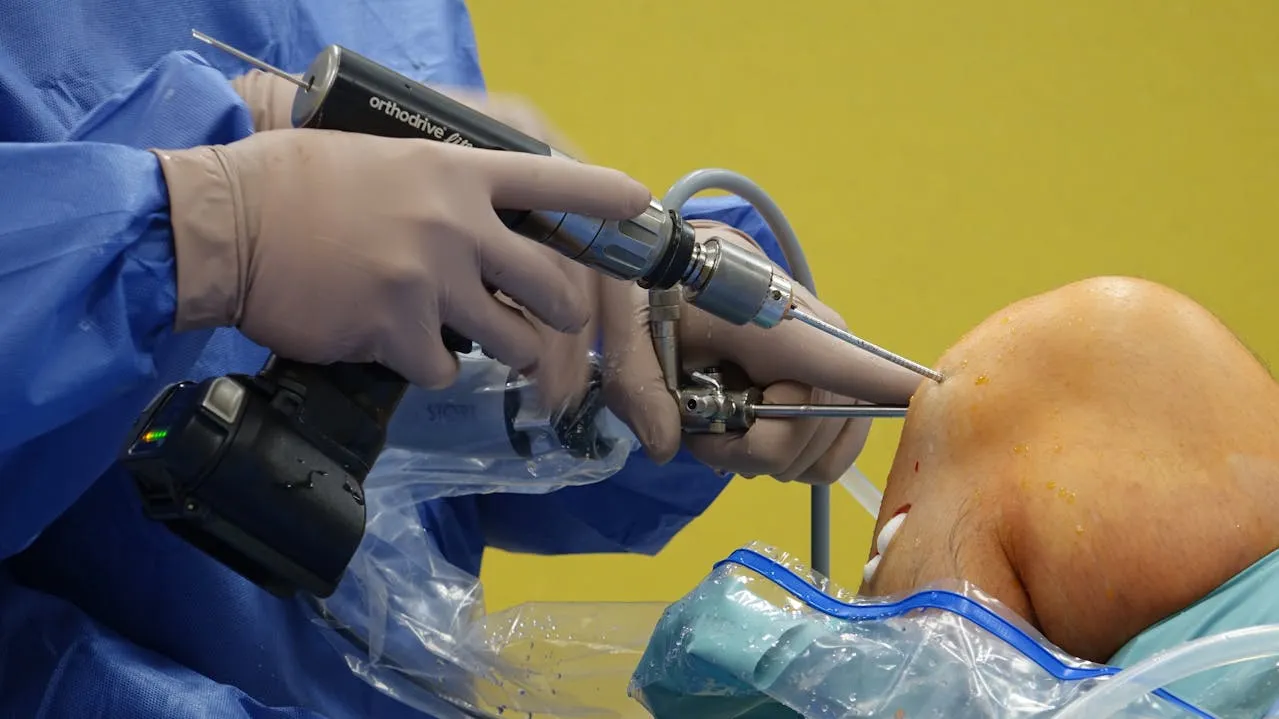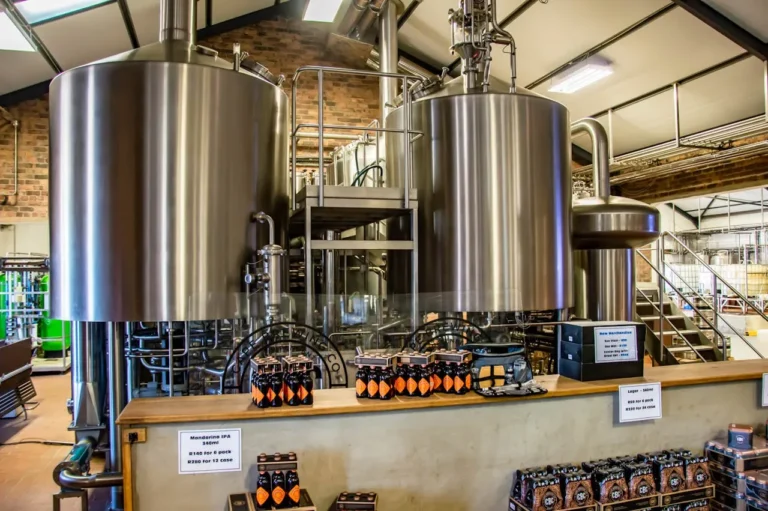
Miach Orthopaedics Completes Enrollment in BEAR MOON ACL Study
Miach Orthopaedics, Inc., a medical device company revolutionizing anterior cruciate ligament (ACL) treatment, announced that patient enrollment is now complete for its pivotal BEAR MOON study. This major clinical trial compares Miach’s BEAR® Implant to traditional autograft bone-patellar tendon-bone (BPTB) ACL reconstruction, one of the most commonly used surgical techniques for ACL repair.
The study is sponsored by the National Institutes of Health (NIH) and led by researchers at Cleveland Clinic, as part of the prestigious Multicenter Orthopaedic Outcomes Network (MOON) Group. The trial marks a significant step toward expanding the clinical evidence base supporting the BEAR Implant’s potential to restore natural knee function by promoting healing of the native ACL.
Rethinking ACL Repair: From Reconstruction to Regeneration
Traditionally, ACL injuries are treated using reconstruction methods that involve removing the torn ligament and replacing it with a graft taken from the patient’s own tendon—commonly the hamstring or patellar tendon. However, Miach Orthopaedics offers a different approach with the BEAR Implant, which enables the torn ACL to heal itself.
“The current standard of care for ACL reconstruction involves using a graft from the patient’s hamstring or patellar tendon,” explained Dr. Kurt Spindler, principal investigator of the study and associate chief of Clinical Research at Cleveland Clinic.
“Previous BEAR studies compared the device to hamstring autografts. With BEAR MOON, we’re evaluating the BEAR Implant against BPTB grafts—one of the most widely used ACL reconstruction options.”
This new head-to-head comparison aims to provide a more comprehensive picture of how BEAR stacks up against all major surgical options.
Study Design and Patient Population
BEAR MOON is a randomized, controlled clinical trial that enrolled 150 patients between the ages of 18 and 55. All participants had experienced complete ACL tears and were randomized during surgery to receive either the BEAR Implant or a traditional BPTB ACL reconstruction.
The study is being conducted at six leading orthopedic centers across the U.S., all of which are known for their excellence in sports medicine and joint injury research:
- Brown University/Rhode Island Hospital (Providence, RI)
- Cleveland Clinic (Cleveland, OH)
- The Ohio State University (Columbus, OH)
- TRIA Orthopaedics Center/University of Minnesota (Bloomington, MN)
- University of Colorado (Boulder, CO)
- Vanderbilt University (Nashville, TN)
Enrollment began in 2018 and was fully completed in 2025. Each patient will be followed for at least two years post-surgery, with assessments conducted at six months, one year, and two years to evaluate functional outcomes, healing, pain, and overall knee health.
Backed by Decades of Research and NIH Funding
The BEAR MOON study—formally titled “A Comparison of ACL Repair With BEAR Device vs. Autograft Patellar Tendon ACL Reconstruction (BEAR-MOON)”—is registered under ClinicalTrials.gov Identifier: NCT03776162. The trial is being funded by a $6 million R01 grant from the National Institute of Arthritis and Musculoskeletal and Skin Diseases, part of the NIH (Award Number R01AR074131).
Importantly, BEAR Implants used in the study were purchased from Miach Orthopaedics, reinforcing the company’s commitment to rigorous, independently supported clinical research.
“Our robust clinical data over the past decade has shown the BEAR Implant delivers consistently strong outcomes,” said Patrick McBrayer, President and CEO of Miach Orthopaedics.
“The BEAR MOON study builds on that foundation by comparing the device to BPTB ACL reconstruction at six top-tier institutions. We’re grateful to our clinical partners for their commitment over the last seven years.”
What Makes the BEAR Implant Unique?
Unlike traditional ACL reconstruction, which removes the torn ligament and replaces it with a tendon graft, the BEAR Implant acts as a biodegradable scaffold. It is placed between the torn ends of the ACL, allowing the body’s natural healing processes to restore the ligament tissue over time.
Key potential benefits of the BEAR Implant include:
- Preservation of native ACL anatomy
- Avoidance of graft harvesting, which can lead to additional pain and morbidity
- Potential for faster recovery and more natural knee function
- Simplified surgical procedure
With increasing demand for less invasive, regenerative solutions in orthopedics, the BEAR Implant could represent a paradigm shift in the way ACL injuries are treated, especially for younger, active patients.
Looking Ahead: Study Results Expected After 2027
While enrollment is complete, patient follow-up is ongoing. Final data will be collected at the two-year milestone, and results will be submitted for peer-reviewed publication and scientific presentation thereafter.
If outcomes continue to support the BEAR Implant’s performance, the findings from BEAR MOON may influence clinical guidelines and accelerate adoption of this new approach in orthopedic and sports medicine practices worldwide.
About The BEAR® Implant
The BEAR(Bridge-Enhanced ACL Restoration) Implant is a proprietary collagen-based implant used to facilitate healing of the torn ACL. The BEAR Implant is the first medical technology to demonstrate, with Level 1 clinical evidence, that it enables the body to heal its own torn ACL. Unlike reconstruction, which is the current standard of care, the BEAR Implant does not require a second surgical wound site to remove a healthy tendon from another part of the leg or the use of a donor tendon.
The BEAR Implant acts as a bridge to help ends of the torn ACL heal together. The surgeon injects a small amount of the patient’s own blood into the implant and attaches it between the torn ends of the ACL in a minimally invasive procedure. The combination of the BEAR Implant and the patient’s blood enables the body to heal the torn ends of the ACL back together while maintaining the ACL’s original attachments to the femur and tibia. As the ACL heals, the BEAR Implant is resorbed by the body.
The BEAR Implant was first granted De Novo Approval from the U.S. Food and Drug Administration in December 2020. It is indicated for adults, adolescents and children with a complete or partial rupture of the ACL, as confirmed by MRI. Patients must have an ACL stump attached to the tibia to construct the repair. Children with open physes must have sufficient bone in the femoral and tibial epiphyses on either side of the intended tunnel locations to avoid disruption of the growth plates. Visit miachortho.com for complete product information, including Instructions for Use.
About Miach Orthopaedics, Inc.
Miach Orthopaedics, Inc., is a privately held company located in Westborough, Massachusetts, dedicated to developing surgical implants to facilitate connective tissue restoration. The company’s initial focus is the BEAR® Implant, which represents a paradigm shift in the treatment of ACL tears. For more information on Miach Orthopaedics and its products, visit www.miachortho.com and follow the company on Facebook, Instagram, TikTok and LinkedIn.







